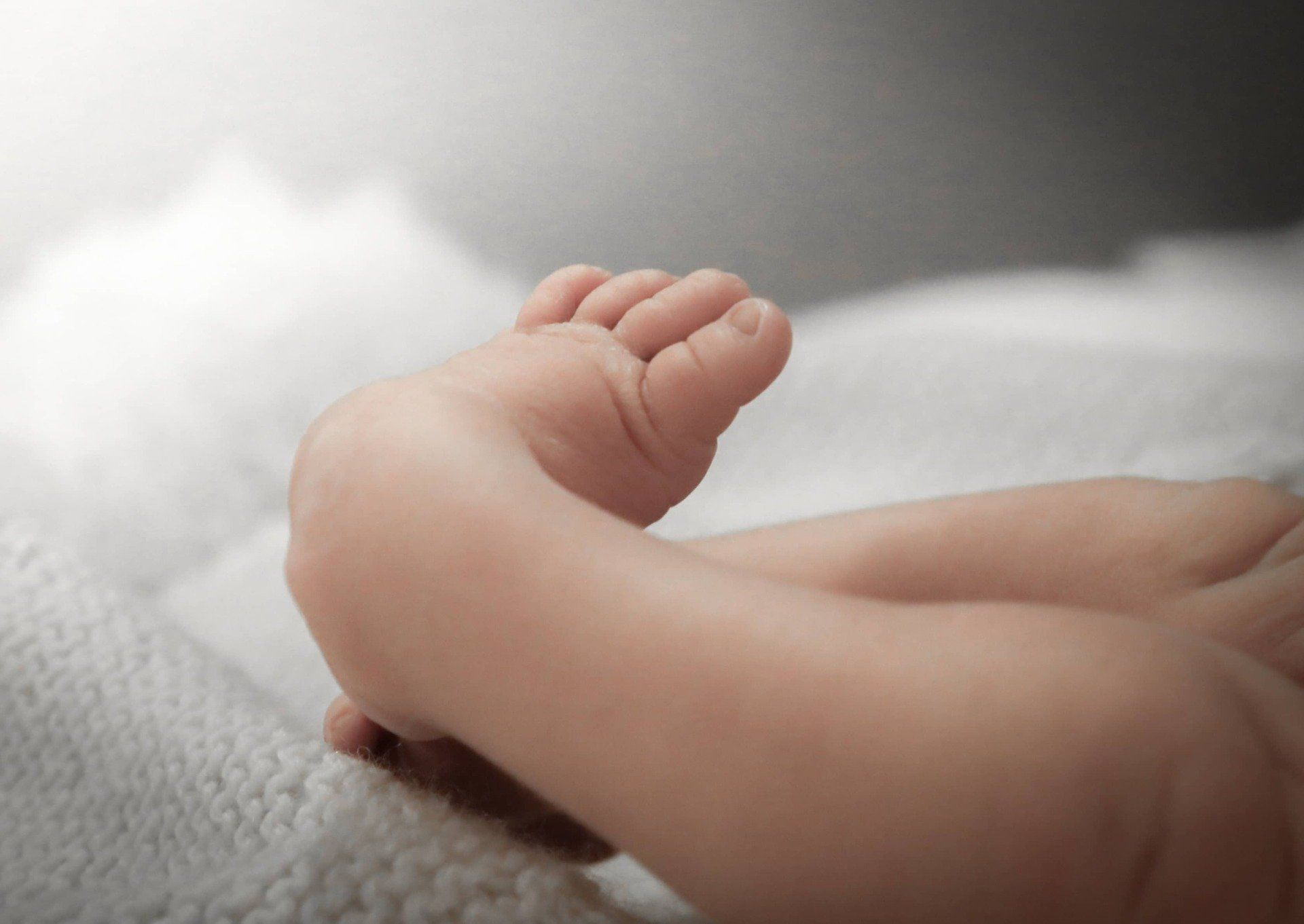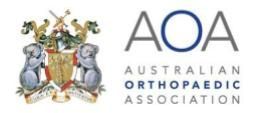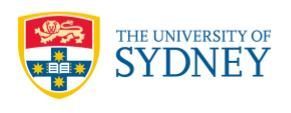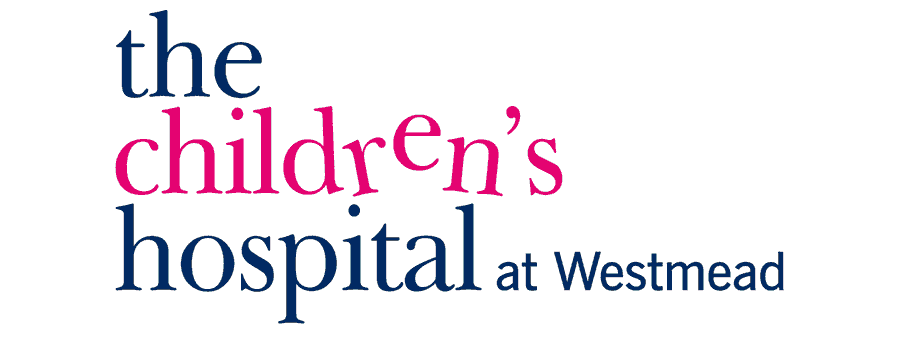Clubfoot
What is Club Foot?
Club foot is a congenital deformity, i.e. a condition present at birth, where one or both feet abnormally point inward and downward.
In most cases, early treatment can help in complete correction of the deformity. Club Foot is also known as:
- talipes equinovarus (TEV) or
- congenital talipes equinovarus (CTEV).
In 50% of the cases, both feet are affected.
Clubfoot at Children's Hospital Westmead
Dr Athreya helps to run the Clubfoot service at the Children's Hospital Westmead with a team of experienced Ponseti Physiotherapists.
Who Does Club Foot Affect?
The condition occurs in about 1 in every 1000 live births, with certain countries having an even higher incidence.
- Club foot is more frequent in boys than girls by a ratio of 2:1.
How Does Club Foot Occur?
The actual pathophysiology of club foot is still unclear, however, it is suspected that one or more of the following processes play a role in the development of club foot:
- Neurogenic factors
- Congenital issues, resulting in the arrest of fetal development
- Defective bone formation
- Retracting fibrosis
- Improper tendon insertions
These factors result in the tendons connecting the leg musculature to the foot to become taut and short, resulting in the foot to rotate inwards.
Symptoms of Club Foot
Club foot can be mild or severe and have symptoms such as:
- Foot slightly smaller than the normal
- Front of the foot twisted toward the other foot
- Foot turned inward and downward.
Types Of Club Foot
Club foot may be present in two forms:
- Postural or positional: The foot is flexible and can be moved to the normal position after birth.
- Rigid or fixed: The foot is rigid or stiff or fixed and the muscles at the back of the leg are very tight.
How is Club Foot Diagnosed?
The diagnosis of club foot is usually done after birth. However, an experienced ultrasonography can detect it during a routine ultrasound scan done during 18 – 21 weeks of pregnancy.
Conservative Club Foot Treatment
Most clubfeet are successfully treated with the Ponseti Method of casting. Most babies go on to have feet with normal function.
Rigid Clubfeet
For babies requiring therapy, a method known as ‘Ponseti’ method’ is used to place the baby’s foot in a better position, then using a cast to keep it stable. A minor operation to release the Achilles tendon may also be required. This surgery is done under local anesthesia. The use of special boots is also required to keep the club foot from returning.
Postural / Positional Clubfeet
In most cases, there is no treatment needed as the feet will correct themselves. The babies should be regularly monitored, and if there is no improvement, these babies may need stretching and casting.
Surgery for Club Foot
More extensive surgical procedures are occasionally required and can include:
- Soft tissue release
- Tendon Transfer
- Osteotomy
- Fusions
What If Club Foot is Untreated?
If left untreated, a rigid club foot will not improve on its own. This leads to altered weight bearing on the outer edge of their feet instead of the sole of the foot, resulting in pain, calluses and severely limited activity.








